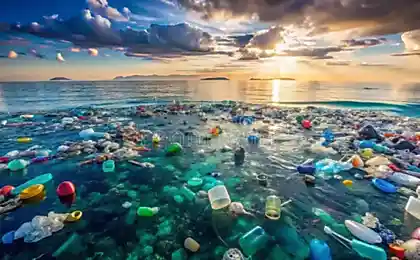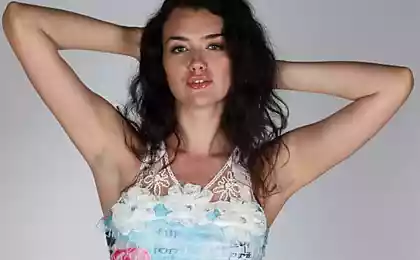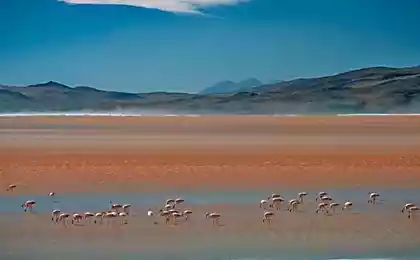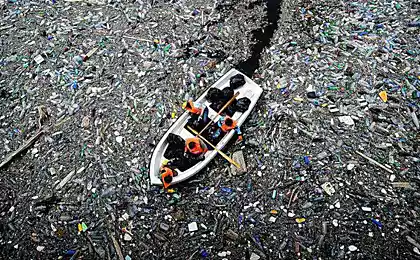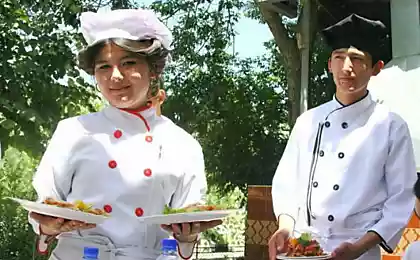239
A 19-year-old student has created a system to clean the ocean of plastic

Boyan Slat, 19, has developed a viable ocean-cleaning solution that could remove 7.25 million tons of plastic from the world’s oceans.
Plastic may be a cheap, versatile and useful material, but it is leading us to an environmental disaster. We produce about 300 million tons of plastic a year, and since 1950 we have produced about 6 billion tons of plastic things. These are huge landfills that have accumulated in the Arctic ice, polluting our oceans and harming wildlife. During the latest survey of the seabed near European shores, debris was found even at a depth of 4.5 kilometers.
Plastic is found everywhere on Earth. A recent report has revealed that some plastic waste is actually turning into a new kind of rock around Hawaiian shores, dubbed "plastiglomerate." This comes from gluing molten plastic with pieces of rock, sand, shells and corals into large piles. Toothbrushes and forks were easily recognized in plastiglomerate samples found. While this is not necessarily damaging to the environment, it is a sign that this material is well preserved and is being found in the most unexpected places across the planet.
Plastic in the marine environment has attracted a lot of attention due to the possible catastrophic consequences of marine life. According to various estimates, about 1 million seabirds die each year due to plastic debris. Confusion is also a huge problem that can lead to death due to illness or suffocation. Various marine organisms such as fish also eat plastic, which can damage the digestive system and lead to starvation. In addition, it is also a very expensive problem; marine litter causes $1.27 million in damage per year for fishermen, and the costs of removing litter are huge.
But not all is lost. An organization called The Ocean Cleanup, founded by 19-year-old Bojan Slat, believes they can clean up the ocean of debris. After a year of testing involving extensive scientific research, the organization recently released a feasibility study that confirms that their new method for removing plastic from the oceans is technically and financially viable. In addition, computer models predict that within a decade they could cut plastic in the infamous garbage island in the Pacific Ocean, which was previously thought impossible to clean, by almost 50%.
Their method uses natural ocean currents and winds that passively carry debris to the collection platform. Solid floating barriers are then used to catch and concentrate debris from the ocean, eliminating the risk of entanglement of fish and other living things that have occurred when collecting debris by other methods, such as nets.
The first proof of the correctness of the concept was a test collection, which was held in the Azores. Once collected, the plastic is removed mechanically and, according to the report, it can be recycled, which can offset some of the costs of garbage collection.
Ocean Garbage Cleanup ProjectUnfortunately, it is not cheap and is estimated by the team at 31.7 million euros per year. While this may seem like a substantial amount, it’s actually 33 times cheaper than other traditional cleaning methods that have been proposed to address this problem. But to minimize costs, The Ocean Cleanup has outsourced most of its basic research to institutions. In order to implement the next phase of the project, which will include large-scale operational pilot projects for which the company is currently crowdsourcing $2 million.
While cleaning will have a huge impact, it’s just part of the solution. First, we need to prevent further plastic waste from entering the oceans.
Source: rodovid.me

